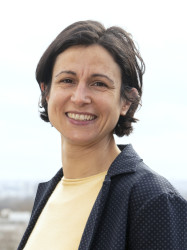BibTex format
@unpublished{Riley:2021,
author = {Riley, S and Wang, H and Eales, O and Haw, D and Walters, C and Ainslie, K and Atchison, C and Fronterre, C and Diggle, P and Page, A and Prosolek, S and Trotter, AJ and Le, Viet T and Alikhan, N-F and The, COVID-19 Genomics UK Consortium COG-UK and Ashby, D and Donnelly, C and Cooke, G and Barclay, W and Ward, H and Darzi, A and Elliott, P},
title = {REACT-1 round 12 report: resurgence of SARS-CoV-2 infections in England associated with increased frequency of the Delta variant},
url = {http://hdl.handle.net/10044/1/89629},
year = {2021}
}

